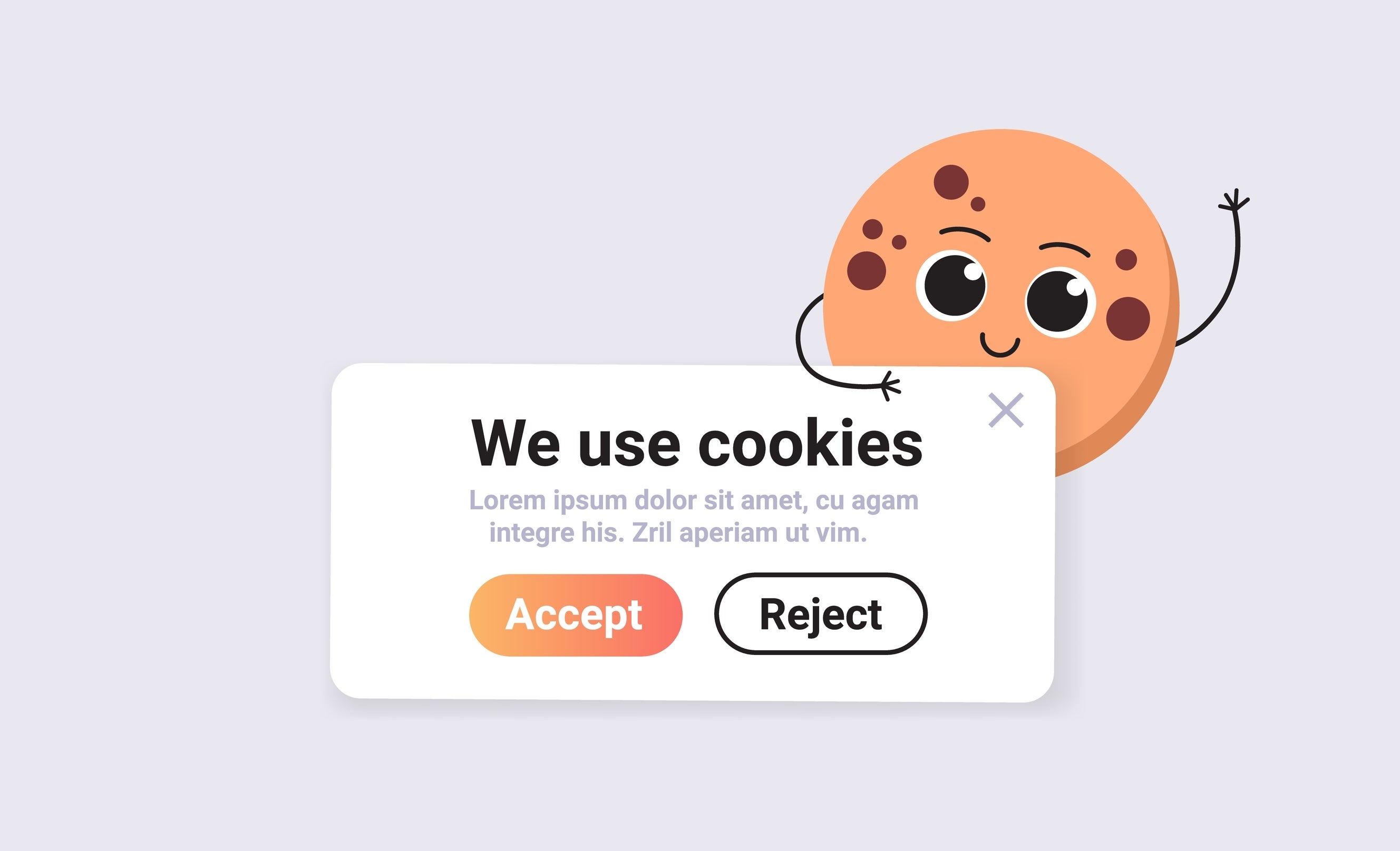Banner artwork by Anatolir / Shutterstock.com
Limitations of liability and disclaimers are provisions that organizations often see in vendor and click-wrap agreements, but these provisions are also beneficial for nonprofits to insulate themselves from liability.

Below is an overview of these provisions and scenarios for their use.
Limitations of liability
As described in this April 2023 ACC Legal Resource limitations of liability clauses seek to limit the amount of liability that a party will be exposed to for breaches, performance failures, or in other situations. A very common form of limitation of liability appears in Software as a Service (“Saas”) platform agreements.
Although limitations of liability and disclaimers are often used in the for-profit context, nonprofits can also use limitations of liability and disclaimers to protect themselves from financial and risk exposure in various scenarios.
Taking the example from April, a limitation of liability clause may say:
To the fullest extent permitted by law, the parties agree that Party A’s total liability to Party B or its agents for any claim Party B may bring against Party A for damages, however arising — including but not limited to Party A’s action, inaction, breach of contract, or negligence — shall not exceed $50,000, or the total fee for services rendered on the contract, whichever is greater.
Disclaimers
Disclaimers are often used in conjunction with limitations of liability, to not only limit financial exposure, but also to inform others that a party is not responsible for certain claims. Often, disclaimers are used on websites or in product liability contexts. The Nevada Bar provides some examples of website disclaimers. Although limitations of liability and disclaimers are often used in the for-profit context, nonprofits can also use limitations of liability and disclaimers to protect themselves from financial and risk exposure in various scenarios.

Websites and apps
Similar to for-profit companies, nonprofit organizations can use disclaimers on their websites and mobile apps to inform users that they are not taking on added risk by providing educational material.
For example, a nonprofit may have an app that provides educational information to individuals with certain health conditions. A nonprofit may use a disclaimer in this instance to inform users that the information provided is intended for educational purposes, is not a substitute for legal advice, and tell users to contact their healthcare provider for help and advice.
Check out sample Terms of Service regarding the use of a company’s website.

Bankrx / Shutterstock.com

Conferences and meetings
Nonprofits could also use limitations of liability and disclaimers when hosting conferences and meetings. They could inform attendees that they are not responsible for any injuries that occur while attending the conference or meeting, and inform them that they take part in certain activities at their own risk.
Check out a sample Liability Waiver for Association Event Attendees.
Trainings
Nonprofits could use disclaimers and limitations of liabilities in releases signed by attendees to limit their risk exposure when training an individual.
Some nonprofit organizations provide trainings not just by sharing information, but also by providing physical trainings in various areas, such as self-defense. Nonprofits could use disclaimers and limitations of liabilities in releases signed by attendees to limit their risk exposure when training an individual. They could also use these when contracting with trainers who will be working with attendees on a nonprofit’s behalf.
Licensing
When nonprofit organizations engage in licensing transactions, including cause marketing, they may include limitations of liabilities and disclaimers in their contracts to ensure that they are not exposing themselves to unnecessary risk by having their marks appear on a product or service. In addition, they could ensure that disclaimers appear on such items, disclaiming liability in connection with consumer use.
These are just a few examples of how nonprofits can use limitations of liability disclaimers as useful tools to help mitigate liability. Although they are often used in for-profit contexts, nonprofit organizations can also use them to protect their charitable assets from unnecessary liability exposure.
Disclaimer: The information in any resource in this website should not be construed as legal advice or as a legal opinion on specific facts, and should not be considered representing the views of its authors, its sponsors, and/or ACC. These resources are not intended as a definitive statement on the subject addressed. Rather, they are intended to serve as a tool providing practical guidance and references for the busy in-house practitioner and other readers.





